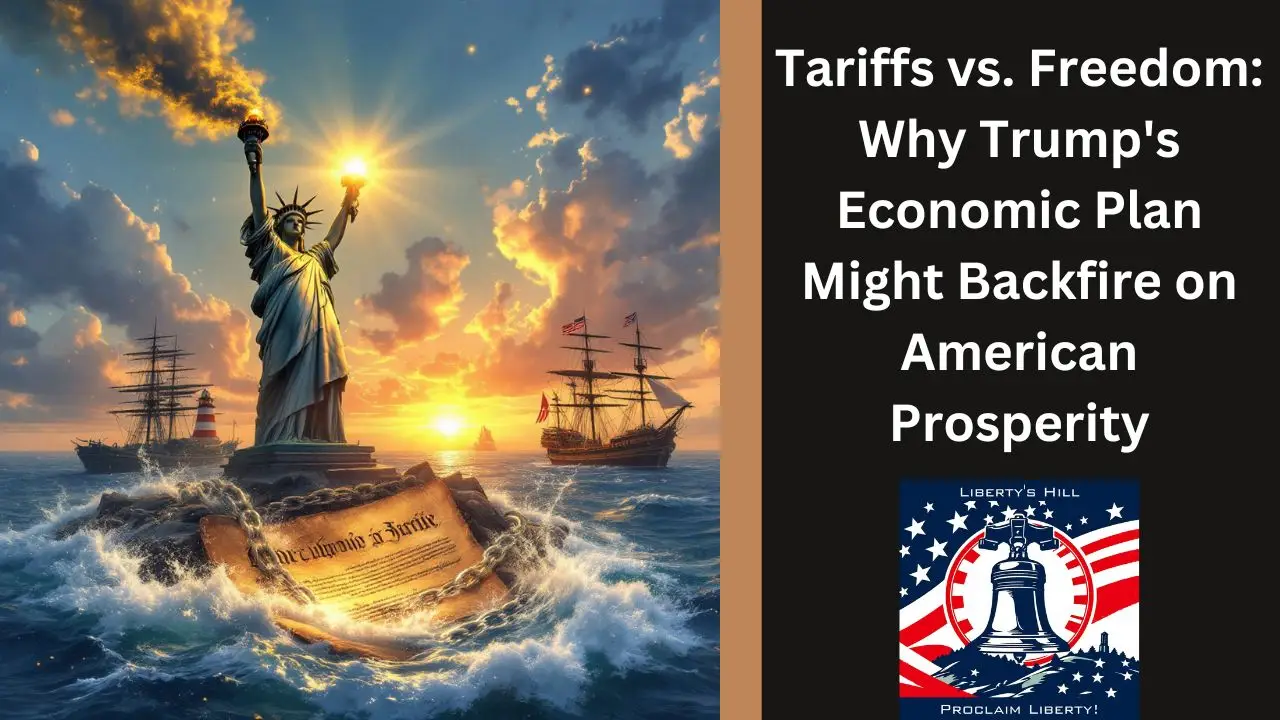Storytelling is an ancient practice that transcends cultures and generations, serving as a fundamental means of communication and expression. At its core, storytelling is about weaving narratives that resonate with audiences, drawing them into a world crafted by the storyteller’s imagination. This art form encompasses a variety of techniques, from the use of vivid imagery and relatable characters to the incorporation of emotional arcs that engage listeners on a deeper level.
The ability to tell a compelling story is not merely a talent; it is a skill that can be honed through practice and an understanding of the elements that make narratives impactful. The structure of a story often follows a classic arc: introduction, rising action, climax, falling action, and resolution. Each component plays a crucial role in maintaining the audience’s interest and guiding them through the narrative journey.
For instance, in literature, authors like J.K. Rowling have mastered this structure, creating intricate plots that captivate readers from the first page to the last. Similarly, oral traditions have relied on storytelling techniques to pass down knowledge and cultural values through generations.
The art of storytelling is not confined to any single medium; it can be found in books, films, podcasts, and even everyday conversations, illustrating its versatility and enduring relevance in human interaction.
Key Takeaways
- Storytelling is an art that can captivate and engage audiences, making it a powerful tool for communication and connection.
- Personal narratives have the potential to inspire change by sharing experiences and perspectives that resonate with others.
- Storytelling can foster empathy and understanding by allowing individuals to step into the shoes of others and see the world from different perspectives.
- Using storytelling to challenge beliefs and shift perspectives can lead to greater openness and acceptance of new ideas and ways of thinking.
- Storytelling can motivate action and drive change by compelling individuals to take a stand and make a difference in their communities and the world.
Inspiring Change Through Personal Narratives:
Personal narratives have the power to inspire change by providing authentic insights into individual experiences. When people share their stories, they often reveal vulnerabilities and challenges that resonate with others, fostering a sense of connection and understanding. For example, individuals who have overcome significant obstacles—such as illness, addiction, or social injustice—can use their narratives to motivate others facing similar struggles.
These stories serve as beacons of hope, demonstrating that change is possible and encouraging listeners to take action in their own lives. Moreover, personal narratives can challenge societal norms and provoke critical conversations about pressing issues. When someone shares their experience with mental health struggles, for instance, it can dismantle stigma and encourage others to seek help.
The power of these stories lies in their ability to humanize complex issues, making them relatable and accessible. By sharing their journeys, individuals not only empower themselves but also create a ripple effect that can lead to broader societal change. This transformative potential underscores the importance of amplifying diverse voices and experiences in the ongoing quest for social progress.
The Impact of Storytelling on Empathy and Understanding:

Storytelling is a powerful tool for fostering empathy and understanding among individuals from diverse backgrounds. When people engage with stories that reflect experiences different from their own, they are often prompted to step outside their comfort zones and consider new perspectives. This process of empathetic engagement can lead to greater awareness of the challenges faced by others, ultimately bridging gaps between communities.
For instance, literature that explores themes of race, gender, or socioeconomic status can illuminate the struggles of marginalized groups, encouraging readers to reflect on their own biases and assumptions. In educational settings, storytelling has been shown to enhance empathy among students. By incorporating narratives into curricula, educators can create opportunities for students to engage with complex social issues in a meaningful way.
For example, programs that utilize storytelling to address topics such as immigration or climate change allow students to connect emotionally with the material, fostering a deeper understanding of the human experiences behind these global challenges. This empathetic engagement not only enriches students’ learning experiences but also cultivates a generation of individuals who are more attuned to the needs and struggles of others.
Using Storytelling to Shift Perspectives and Challenge Beliefs:
Storytelling has the unique ability to shift perspectives and challenge deeply held beliefs by presenting alternative viewpoints in an engaging manner. When individuals encounter narratives that contradict their preconceived notions, they are often compelled to reevaluate their beliefs and consider new possibilities. This is particularly evident in social movements where storytelling plays a crucial role in advocating for change.
For instance, campaigns that highlight personal stories of individuals affected by systemic injustices can effectively challenge dominant narratives and inspire action. Consider the impact of storytelling in the context of LGBTQ+ rights. Personal accounts shared by individuals within the community have been instrumental in shifting public perceptions and fostering acceptance.
By sharing their experiences—whether related to coming out, facing discrimination, or finding love—these narratives humanize the struggles faced by LGBTQ+ individuals and challenge stereotypes. As audiences engage with these stories, they may find themselves questioning their own biases and becoming more open to understanding diverse identities and experiences.
The Role of Storytelling in Motivating Action and Driving Change:
The motivational power of storytelling cannot be overstated; it serves as a catalyst for action and drives change across various domains. When individuals hear compelling stories about social issues or injustices, they are often inspired to take action—whether through advocacy, volunteering, or supporting relevant causes. For example, organizations like Charity: Water effectively utilize storytelling in their campaigns by sharing personal accounts from individuals impacted by water scarcity.
These narratives not only highlight the urgency of the issue but also motivate supporters to contribute financially or raise awareness. Furthermore, storytelling can create a sense of urgency around social issues by illustrating the real-life consequences of inaction. Documentaries that showcase the struggles faced by communities affected by climate change or poverty can evoke strong emotional responses from viewers, prompting them to engage with these issues on a personal level.
By framing these challenges within relatable narratives, storytellers can galvanize audiences into action, transforming passive observers into active participants in the fight for change.
Leveraging Storytelling for Advocacy and Social Justice:

The Power of Personal Narratives
By sharing personal accounts of police brutality and systemic racism, advocates create a sense of urgency that compels audiences to confront uncomfortable truths about societal inequities. Moreover, storytelling can serve as a means of reclaiming agency for marginalized communities.
Reclaiming Agency Through Storytelling
By sharing their own narratives, individuals can challenge dominant narratives imposed upon them by society. This reclamation not only empowers storytellers but also fosters solidarity among those who share similar experiences.
Storytelling as an Act of Resistance
In this way, storytelling becomes an act of resistance—an assertion of identity and humanity in the face of oppression.
Empowerment and Solidarity Through Shared Experiences
Ultimately, the impact of storytelling in advocacy and social justice is profound, inspiring collective action and driving meaningful change.
Storytelling as a Tool for Building Community and Connection:
At its heart, storytelling is about connection—connecting individuals to one another and fostering a sense of community. In various cultural contexts, storytelling has been used as a communal activity that brings people together to share experiences, traditions, and values. Whether through oral traditions passed down through generations or modern storytelling events like slam poetry or open mic nights, these gatherings create spaces for individuals to connect on a deeper level.
In contemporary society, where digital communication often replaces face-to-face interactions, storytelling can serve as a bridge that fosters genuine connections among individuals. Community organizations that host storytelling workshops or events provide platforms for people to share their stories in safe environments. These initiatives not only promote understanding among diverse groups but also cultivate empathy and solidarity within communities.
As participants listen to one another’s narratives, they often discover shared experiences that transcend differences—creating bonds that strengthen community ties.
Harnessing the Power of Storytelling for Organizational Change:
In organizational contexts, storytelling can be an invaluable tool for driving change and fostering a positive workplace culture. Leaders who effectively communicate their vision through storytelling can inspire employees to embrace new initiatives and align with organizational goals. For instance, companies undergoing significant transformations often utilize storytelling to articulate the rationale behind changes—helping employees understand how these shifts will impact their roles and the organization as a whole.
Moreover, storytelling can enhance employee engagement by creating a sense of belonging within the workplace. When organizations encourage employees to share their personal stories—whether related to career journeys or challenges faced—they foster an environment where individuals feel valued and heard. This practice not only boosts morale but also cultivates a culture of transparency and collaboration.
By harnessing the power of storytelling within organizations, leaders can create cohesive teams that are motivated to work together toward common objectives while embracing diversity in experiences and perspectives.


